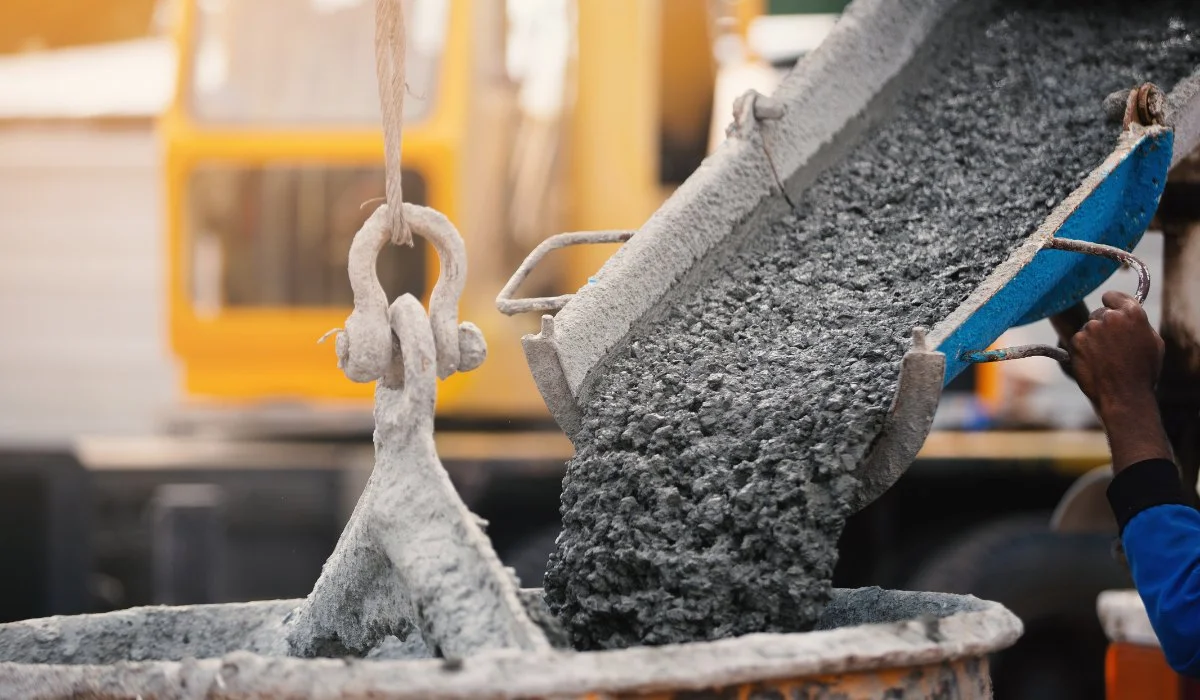Back in the day, buildings were made from mud and sticks, easily wrecked by natural disasters. But times have changed. Stronger, more efficient and lasting infrastructures keep evolving daily thanks to technological advancements and innovation. Machines have replaced manual labour in concrete construction, allowing faster and more accurate work.
Drones are used for site surveys, and various techniques to reduce waste and increase energy efficiency have also been employed. Using eco-friendly materials like recycled concrete or solar panels makes construction more environment-friendly and promotes sustainability. With technology, construction crews are turning ordinary sites into hubs of innovation and progress.
- Self-Healing Concrete: You might have seen cracks and damages around pavements and structures that need fixing. Self-healing concrete is a revolutionary method in construction engineering that eliminates the need for human intervention. Specialised materials with healing agents seal up cracks and restore the concrete to its former glory. For instance, a driveway made of self-healing concrete can repair itself, preventing the need for a repair crew. This technology is particularly useful for bridges facing constant stress from heavy vehicles and harsh weather.
- Building Information Modeling (BIM): BIM engineering is a technique architects use to create and draw detailed 3D models of structures and buildings from scratch. The most common software used for this purpose is Autodesk Revit. This specific software creates detailed 3D models for all construction projects, such as residential construction, commercial, and other large-scale infrastructure projects like bridges and highways.
- Ultra-High Performance Concrete (UHPC): Natural and Human-induced disasters put big infrastructures at stake. UHPC concrete is made of fibres, fine powder, and chemical admixtures intended to survive these situations. Due to its remarkable strength, durability, and adaptability, it is appropriate for building projects in harsh settings, such as bridges, highways, and maritime structures.
- 3D Printing: We use ink to print something, but when it comes to the construction industry, concrete is used as “ink”. 3D printing involves a robotic arm or specialised printer that squirts out concrete or other building materials, layer by layer, following a precise digital blueprint. As each layer is deposited, it fuses with the previous one, gradually building the structure from the ground up. Many structures have emerged globally, entirely made from 3D printing technology.
- Off-site Construction: Off-site construction is a procedure in which components are built in a controlled industrial environment. Standardised components are manufactured off-site and delivered to the construction site for assembly. This strategy has various advantages, including faster building timeframes, lower prices, and increased sustainability. It also reduces environmental effects by optimising material use and waste.
The construction industry is rapidly evolving with various innovations. The outcomes are remarkable, even in terms of improvements in commercial construction projects. These breakthroughs are transforming cities and communities and altering the way we create.
At RS Builders, we embrace these modern trends in building construction to deliver high-quality, sustainable structures for residential and commercial purposes. Our commitment to innovation and excellence ensures that every project we undertake contributes to a safer, smarter, and more beautiful world.





